There is a lot of classic Doctor Who to get through! At roughly 600 episodes (depending on how you count them) it can be hard to know where to start, or which ones to skip – if any! Here’s our essential guide to some of the most important stories in Doctor Who canon…
An Unearthly Child (4 episodes)
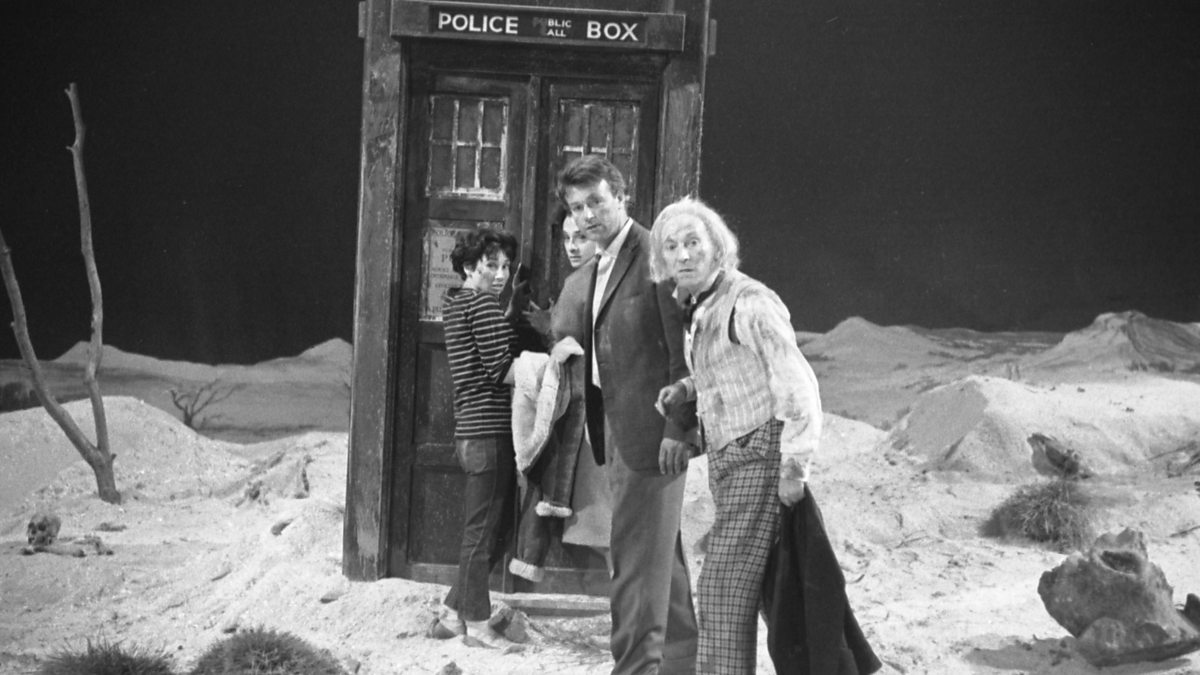
The story that started it all! Journey back to the swirling fog of London, 1963 as two curious schoolteachers find their way into an old junk yard and discover… well, you can probably guess. And if you’ve got some extra time on your hands, check out the unaired Doctor Who pilot as well; it’s quite different from the broadcast version!
The Daleks (7 episodes)
No viewing of classic Doctor Who would be complete without the Doctor’s first meeting with the mutants from Skaro. This seven part epic follows on directly from ‘An Unearthly Child’ and was such a ground-breaking adventure that it was later adapted into a movie starring Peter Cushing. ‘The Daleks’ is not just an essential part of classic Doctor Who, but a truly historic TV moment. Watch it from behind the sofa.
The Tenth Planet (4 episodes, 1 animated)

The final part of ‘The Tenth Planet’ is currently missing from the archives, but it has been lovingly recreated using the original soundtrack. This is an important classic Doctor Who story for many reasons – first, it features the first ever appearance of the Cybermen, and second, it is the first to feature the concept of regeneration, with the actor William Hartnell passing the baton to Patrick Troughton in the closing moments of part four.
The Tomb of the Cybermen (4 episodes)
This is a much-loved classic Doctor Who story starring the Second Doctor along with his companions Jamie and Victoria. In this adventure, the three friends journey to the planet Telos where an entire tomb of the Doctor’s deadliest enemies lies dormant – but for how long? Interestingly, this story was believed lost for many years before being miraculously discovered in its entirety in Hong Kong in 1992.
The War Games (10 episodes)
‘The War Games’ is one of the longest Doctor Who stories ever made and introduces us to the Doctor’s home planet Gallifrey, as well as filling in some crucial details about his backstory. This was also the final (continuing) story to feature Patrick Troughton as the Second Doctor, who dies in the closing moments of part 10.
Spearhead from Space (4 episodes)
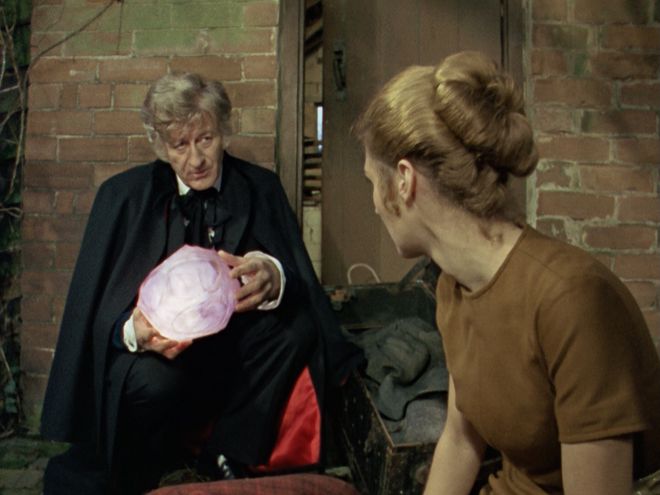
This was the first classic Doctor Who story to be made in colour, and follows on directly from ‘The War Games.’ The newly-regenerated Doctor (now in the shape of Jon Pertwee) finds himself stranded on Earth with the newly-formed United Nations Intelligence Taskforce headed-up by his old friend Brigadier Lethbridge-Stewart. There’s just the small matter of the Nestene Consciousness to contend with…
Terror of the Autons (4 episodes)
This is the sequel to ‘Spearhead from Space’ and sees the return of the dreaded Nestene Consciousness. It is also the first classic Doctor Who story to feature the Master – a rival Time Lord from the planet Gallifrey, here played by the suitably villainous Roger Delgado.
The Three Doctors (4 episodes)
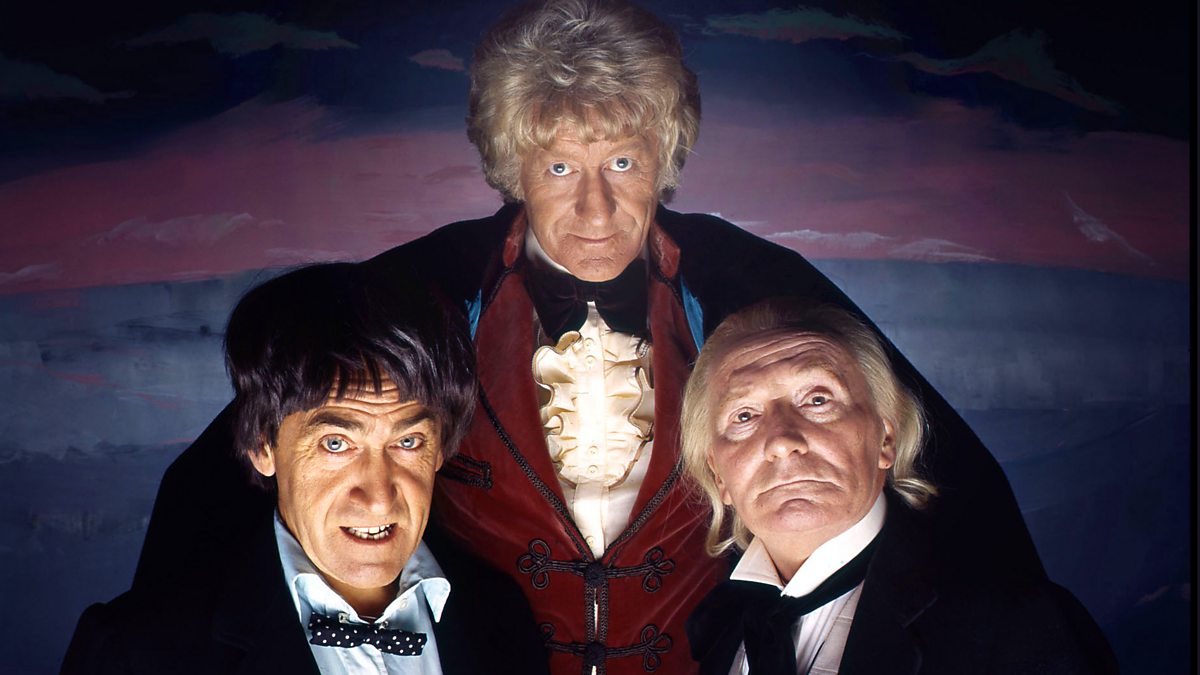
‘The Three Doctors’ was the first time in classic Doctor Who history that multiple versions of the Time Lord appeared together on screen, with both William Hartnell and Patrick Troughton reprising their roles for this 10th anniversary story. It is also notable for introducing the character of Omega – a key figure from the early days of the Doctor’s home planet, who would later return in the Fifth Doctor story ‘Arc of Infinity.’
The Green Death (6 episodes)
‘The Green Death’ is often remembered for being one of the more “political” stories of classic Doctor Who, addressing environmental issues head-on as well as issues surrounding miners and small communities in relation to large corporations. Forever known as “the one with the green maggots,” ‘The Green Death’ also marked the final appearance of the Third Doctor’s companion Jo Grant.
Genesis of the Daleks (6 episodes)

‘Genesis of the Daleks’ has frequently found its way to the top of “best ever Doctor Who stories” polls. Certainly, it is a memorable adventure, and one that explains the origins of the Doctor’s deadliest enemy on the planet Skaro. This story is also the first to feature the demented Davros, the Daleks’ creator, so memorably portrayed by the late Michael Wisher. The big question, though, is does the Doctor have the right? (It’ll make sense when you see it…)
The Talons of Weng-Chiang (6 episodes)
This is another highly-regarded classic Doctor Who story, set in the swirling fog of Victorian London. Interestingly, it was nearly the first to spawn a fully-fledged Doctor Who spin-off, with the characters Henry Gordon Jago and Professor Litefoot proving particularly popular with viewers. Alas, this was never to be – not on TV, at least. The pair did however get the spin-off they deserved when the audio company Big Finish picked up the mantle many years later.
City of Death (4 episodes)
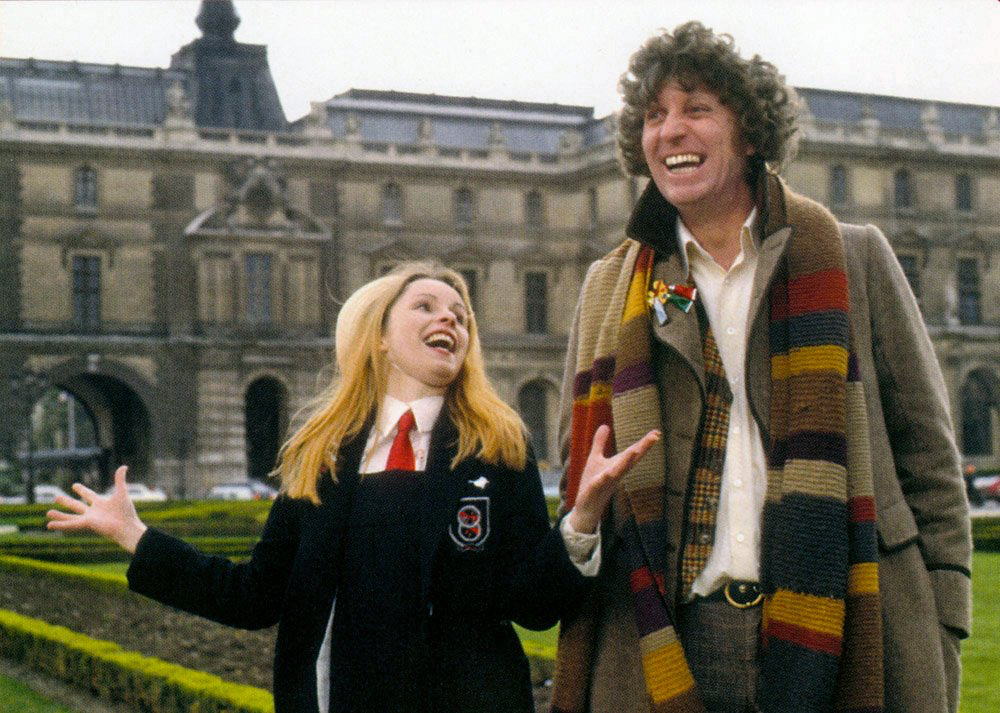
This is the highest-rated classic Doctor Who story of all time – partly because ITV was on strike when it was broadcast, but let’s not talk about that. It was also the first to feature abroad location filming, with the Doctor Who team travelling to Paris to shoot a myriad of high-octane chase scenes to the accompaniment of suitably continental music from composer Dudley Simpson. And like ‘Genesis of the Daleks,’ ‘City of Death’ often finds itself nominated as a contender for one of the greatest Doctor Who stories of all time. See what you think!
Earthshock (4 episodes)
‘Earthshock’ saw the return of the Doctor’s old enemy the Cybermen in a movie-like adventure with one of the most shocking endings of all time. And this classic Doctor Who story was shrouded in secrecy when it was made, with the return of the Cybermen held back until the closing moments of part one…
Arc of Infinity (4 episodes)
This is something of a sequel to 1972’s ‘The Three Doctors’ and sees the return of the Doctor’s old enemy Omega. And for this story, the Doctor Who production team journeyed to Amsterdam for the location work – when they weren’t racing through the corridors of the Gallifreyan Capitol, that is! Colin Baker (later to be the Sixth Doctor) also guest stars in this story as the cold-hearted Commander Maxil.
The Five Doctors (1 episode)
In many ways, this epic 90 minute special sums up classic Doctor Who in one fell swoop. It was produced to mark Doctor Who‘s 20th anniversary and reunites many of the Doctor’s old friends and enemies in a high-stakes showdown in the Death Zone on Gallifrey. Give it a watch – it’s as easy as pi…
The Caves of Androzani (4 episodes)
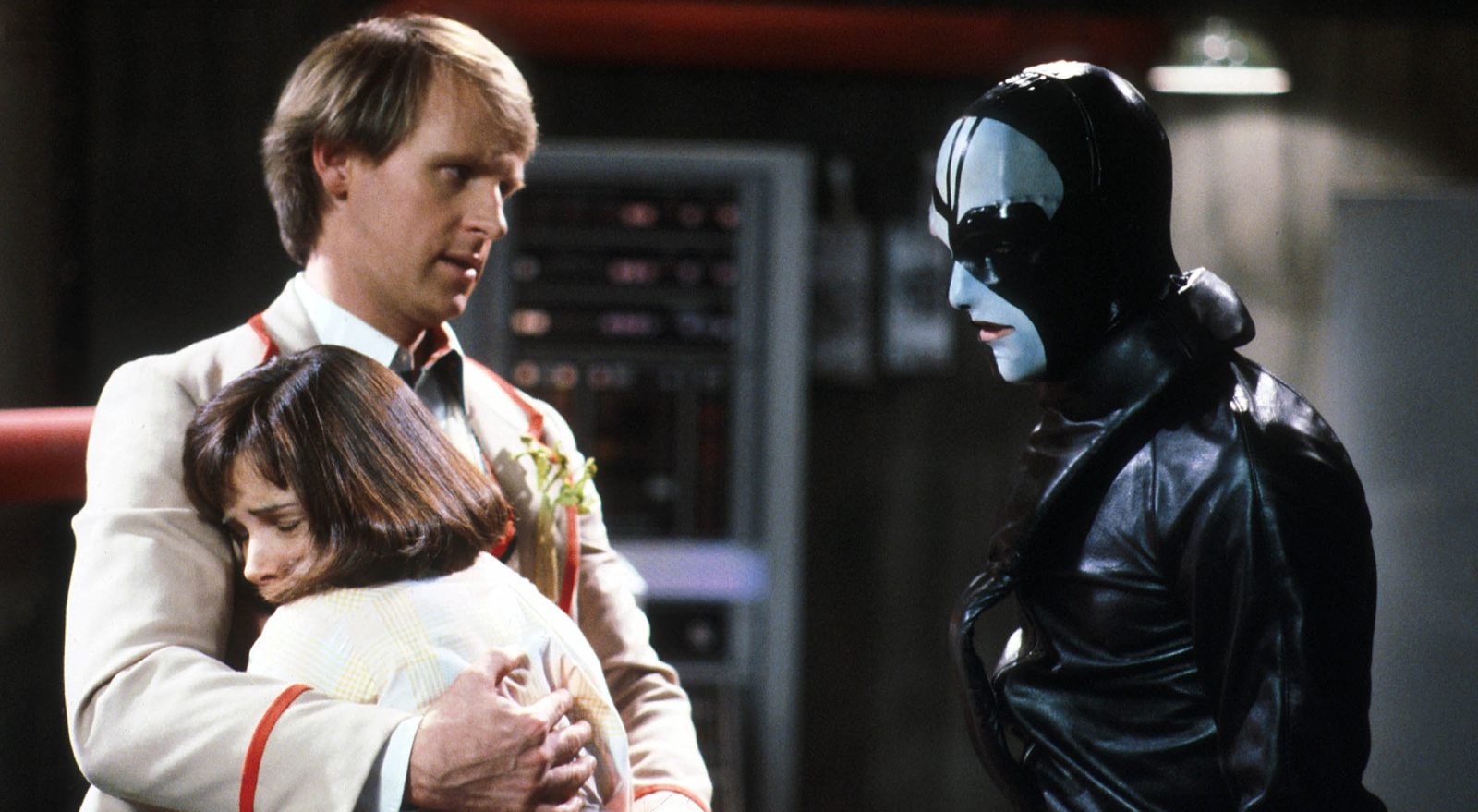
This is the last story of classic Doctor Who to feature the Fifth Doctor Peter Davison and is notable for its quirky, exhilarating direction from Graeme Harper, who proved so popular that he would be called upon to direct Doctor Who when it returned in 2005. It is also markedly more “adult” than many of the stories that came before, and set the tone for things to come under the guidance of script editor Eric Saward.
Vengeance on Varos (2 episodes)
‘Vengeance on Varos’ stands out in classic Doctor Who for being one of the most violent ever made. Indeed, the story is actually about the topic of violence and the effect that it has on society. The most controversial scene sees the Doctor pushing a man into a pool of acid before remarking, “Forgive me if I don’t join you…”
Revelation of the Daleks (2 episodes)
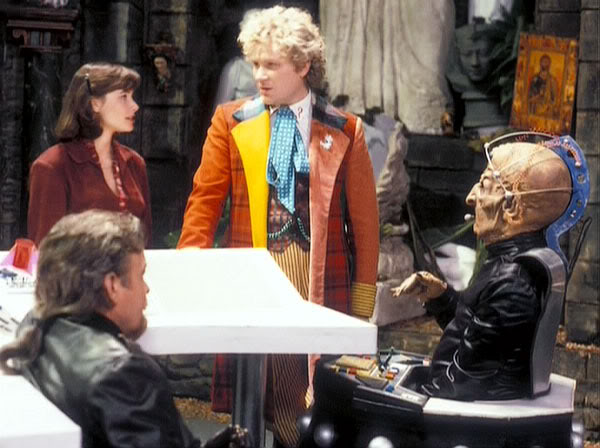
This classic Doctor Who story introduced the concept of warring Dalek factions between those that were loyal to Davros and those that were loyal to the Dalek emperor. It was also (perhaps) one of the most violent and adult stories of the classic Doctor Who era (on a par with ‘Varos,’ at least) and saw the return of popular director Graeme Harper. Moreover, it was the last to be broadcast before the show was put on an 18 month hiatus by the BBC.
Dragonfire (3 episodes)
‘Dragonfire’ introduced the character of Ace, who would later return for the BBC’s centenary special alongside Jodie Whittaker as the Thirteenth Doctor. This classic Doctor Who story also laid the groundwork for a longer plot arc involving her character, which wouldn’t be resolved until ‘The Curse of Fenric’ two years later. In addition, it’s worth watching for the infamous “cliffhanger” at the end of part one, and the equally infamous scene of the melting face…
Remembrance of the Daleks (4 episodes)
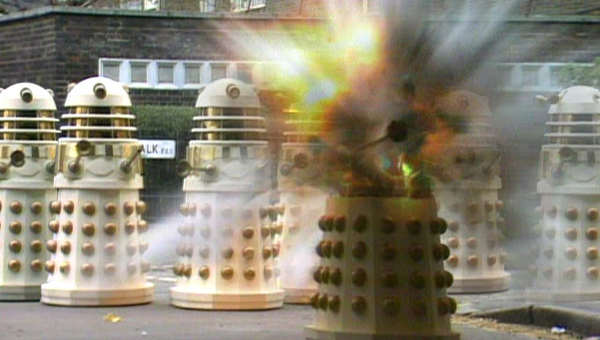
‘Remembrance of the Daleks’ kicked off classic Doctor Who‘s 25th anniversary celebrations, and saw the Doctor return to the junk yard from ‘An Unearthly Child.’ It also continued the storyline of the warring Dalek factions, and gave some tantalising glimpses into the Doctor’s past, including his involvement in the early days of Time Lord society.
The Curse of Fenric (4 episodes)
This story links back to ‘Dragonfire,’ and was written by the same author Ian Briggs. Set during World War Two, it sees the Seventh Doctor take on an evil from the dawn of time who has been playing something of a long game with his companion Ace. It also sees popular actor and presenter Nicholas Parsons guest starring as the troubled vicar of a local church. So whatever you do, don’t go into the water…
The TV Movie (or ‘The Enemy Within’)
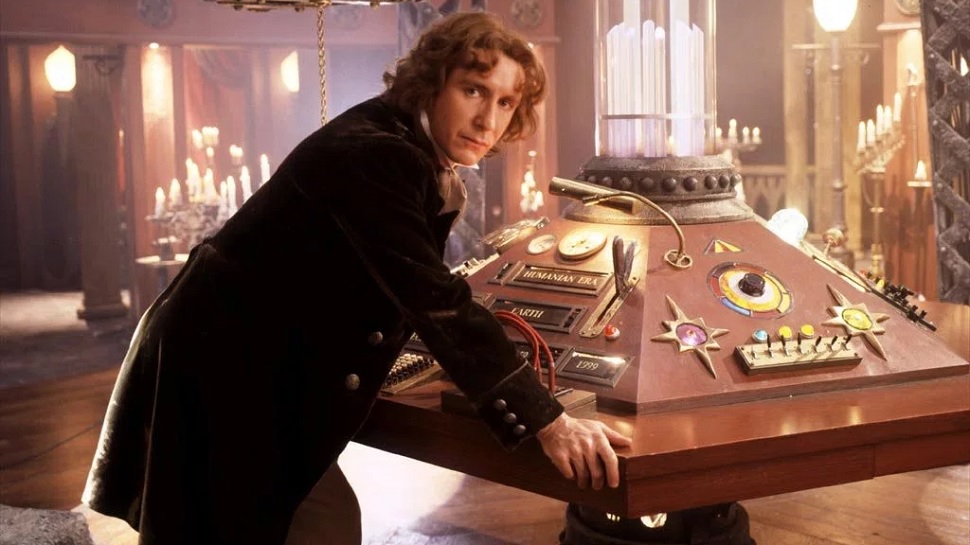
The 1996 TV movie may not technically be classic Doctor Who, but it bridges the gap between the original series and the 2005 relaunch. In the adventure, the Seventh Doctor undergoes a violent regeneration and is forced to take on his old enemy the Master before the clock strikes midnight on the 1st January 2000. This can’t be how it ends…
And if have time…
It can be difficult narrowing down the entirety of classic Doctor Who into one short list! We’ve avoided listing just the most popular stories (although some are on here) and focussed instead on what are some of the most important adventures (in terms of overall Doctor Who history and its multi-branching storylines.)
But if you find yourself hungry for more classic Doctor Who, some honourable mentions include: ‘The Dalek Invasion of Earth’; ‘The Power of the Daleks‘; ‘The Web of Fear‘; ‘Inferno’; ‘The Claws of Axos‘; ‘The Daemons‘; ‘The Ark in Space’; ‘Terror of the Zygons’; ‘Pyramids of Mars’; ‘The Robots of Death’; ‘Kinda’; ‘Snakedance’; ‘Silver Nemesis’; and ‘Survival.’
And if you want to see the Doctors’ regeneration stories (apart from the ones listed above) you should watch: ‘Planet of the Spiders,’ ‘Logopolis‘ and ‘Time and the Rani.’
Which classic Doctor Who stories would you add to this list? And which is your favourite from the ones we’ve chosen? Let us know in the comments below!
See here for our guide to essential New Who.

Seventh Doctor Paisley hanky – order now from the Lovarzi shop!








Leave a Reply